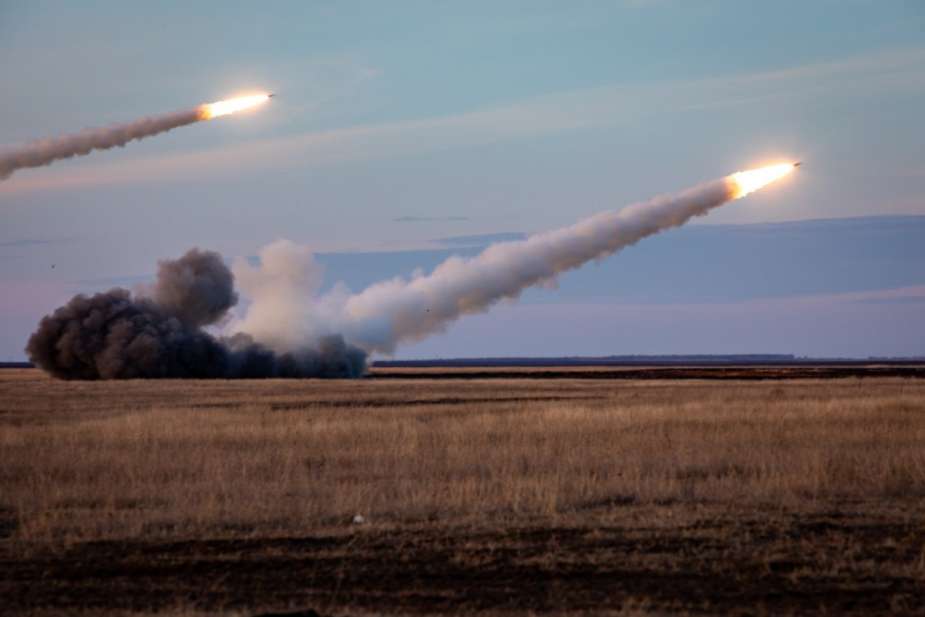Breaking news
Romanian Army conducts HIMARS exercise with support from US Army.
A training exercise featuring the M142 High Mobility Artillery Rocket System (HIMARS) was conducted in the Smardan Training Area, in Galati County, Western Moldavia, Romania, on January 17, 2024. The exercise, involving Reduced Range Practice Rockets, was carried out by the Romanian 8th Field Artillery Brigade with support from the 4th Battalion, 4th Security Forces Assistance Brigade of the U.S. Army, as part of "Task Force 82." This exercise aimed to improve the skills and readiness of artillery crews on the HIMARS platform.
Follow Army Recognition on Google News at this link

HIMARS firing as part of "Task Force 82." (Picture source: US DoD)
The training saw U.S. Army Sergeant Christopher Drummond, a Fire Control Specialist from the Headquarters and Headquarters Battalion, 82nd Airborne Division, overseeing the HIMARS firing as part of "Task Force 82." The collaboration underscored the commitment to increased preparedness and cooperation among NATO allies.
U.S. Army Major Zachary Busenbark, commander of Alpha Battery, 4th Battalion, 4th Security Forces Assistance Brigade, and leader of the SFAB Field Artillery Advisor Team, emphasized the importance of maximizing teamwork among NATO forces in Europe for effective preparation and combat efficiency.
Romanian Brigadier General Daniel Condruz, commander of the 8th Field Artillery Brigade, engaged in discussions with U.S. and Polish military officials during the exercise. The collaborative effort highlighted the importance of conducting fire missions to enhance proficiency on the combat platform.
The High Mobility Artillery Rocket System (HIMARS) is a versatile weapons system designed and manufactured in the United States. HIMARS is capable of launching six MLRS series rockets or one ATACMS tactical missile. The system offers protection against small arms fire and shell splinters, making it suitable for various combat environments. The HIMARS vehicle weighs 10,886 kg, providing high mobility and maneuverability on the battlefield. It can reach a maximum speed of 85 km/h on roads, allowing for rapid deployment.
HIMARS is equipped with a firing control system, facilitating precise and effective weapon operations. In terms of firing capability, it has a range of 45 km with the ER-MLRS rocket, 70 km with the new extended-range guided rocket GMLRS, and up to 300 km with the ATACMS tactical missile.
The system is operated by a crew of three, ensuring that rocket and missile launch operations are conducted with expertise and precision. In terms of dimensions, HIMARS measures 5.046 meters in length, 2.16 meters in width, and 2.251 meters in height, dimensions that contribute to its ability to be rapidly and effectively deployed in various combat scenarios.
Major Busenbark stressed the importance of maximizing all aspects of interoperability - human, procedural, and technical - to ensure the effectiveness and lethality of coalition forces in potential combat situations.
This firing exercise also served as preparation for the upcoming NATO Combat Readiness Evaluation next year. Task Force 82, part of the 82nd Airborne Division, plays a crucial role in reinforcing NATO security force assistance in the Black Sea region, assuring allies, and deterring adversaries.



















